Other
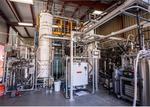
“An enormous vat of pure liquid xenon will help scientists at SLAC and around the globe learn more about the universe. Sitting a mile below ground in an abandoned gold mine in South Dakota is a gigantic cylinder holding 10 …
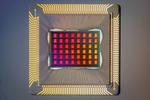
“Stanford engineers created a more efficient and flexible AI chip, which could bring the power of AI into tiny edge devices. AI-powered edge computing is already pervasive in our lives. Devices like drones, smart wearables, and industrial IoT sensors …
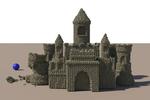
“Simulators can jumpstart the work of animation, but often return an overwhelming array of options for the animator to sort through. A new browser refines those options to a more manageable number. Computer-based animators who are tasked with bringing to …

“Stanford aerospace engineer Manan Arya shows how origami can help allow enormous spacecraft structures to fit into rockets a fraction of their size. If you’ve ever made an origami paper crane, using folds and creases to transform a square …

“The facility, LCLS-II, will soon sharpen our view of how nature works on ultrasmall, ultrafast scales, impacting everything from quantum devices to clean energy. Nestled 30 feet underground in Menlo Park, California, a half-mile-long stretch of tunnel is now …

“A new hypothesis reveals that a global sedimentary cycle driven by seasons could explain the formation of landscapes on Saturn’s moon Titan. The research shows the alien world may be more Earth-like than previously thought. Saturn’s moon Titan …
News New hardware created by Stanford team shows a way to develop delicate quantum technologies based on tiny mechanical devices

“By bringing the benefits of mechanical devices into the quantum realm, Stanford researchers aim to create advanced computing and sensing devices. Stanford University researchers have developed a key experimental device for future quantum physics-based technologies that borrows a page from …
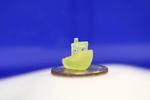
“Engineers at Stanford and Harvard have laid the groundwork for a new system for 3D printing that doesn’t require that an object be printed from the bottom up. While 3D printing techniques have advanced significantly in the last decade …
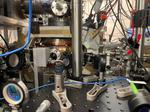
“A new study demonstrates – for the first time – how to versatilely program atoms to share information regardless of their spatial location, opening paths forward in fundamental physics and advanced computing. In a new study, Stanford researchers demonstrate how to manipulate …
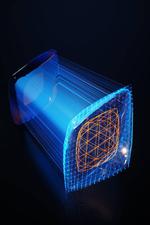
“Using artificial intelligence to analyze vast amounts of data in atomic-scale images, Stanford researchers answered long-standing questions about an emerging type of rechargeable battery posing competition to lithium-ion chemistry. Today’s rechargeable batteries are a wonder, but far from perfect …
